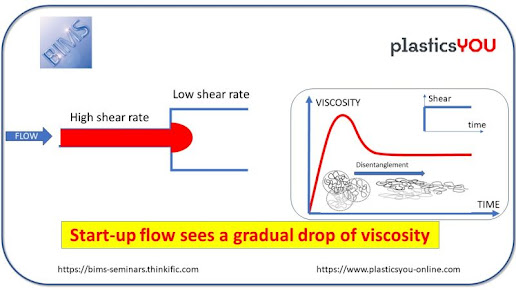Ultra-lightweight solution in the solar-powered aircraft Solar Impulse
Aircraft seats with air-filled cushions are helping to ease the strain. They offer passengers much greater comfort than conventional seats using foam and are also exceptionally light. Lantal, a Swiss supplier serving the aviation industry, has developed a sophisticated system that uses films made of thermoplastic polyurethane (TPU) from Covestro.
Air travelers can individually adjust the firmness of their seats or backrests as desired, simply by further inflating the cushions or releasing air from them. The extremely elastic and flexible TPU films ensure that the pressure inside the cushions is optimally distributed.
“It’s with innovations like this that we want to make the world a brighter place,” says Wolfgang Stenbeck, Product & Application Manager for specialty films at Covestro. “In addition to developing the material, we also supported Lantal with our processing know-how.”
An efficient solution
Lightweight seats benefit not only airlines, but also the environment. That’s because when compared with conventional foam cushions, weight savings of up to three kilograms per seat can be achieved in business class, and as much as five kilos in first class.
“That saves fuel and reduces CO2 emissions,” says Andreas Gühmann, Technology Director for Pneumatic Comfort Systems at Lantal. “And the system requires zero maintenance, which helps to further reduce operating costs.”
Airlines also are using the seats to better position themselves in a ferociously competitive market – in the knowledge that such a high degree of comfort is valued particularly by customers for the more expensive seating categories.
Considering these advantages, it’s no wonder many top airlines are choosing seats with the pneumatic comfort system (PCS) from Lantal. The technology has already demonstrated its impressive reliability during years of use in 170 aircraft.
Source:Covestro
Air travelers can individually adjust the firmness of their seats or backrests as desired, simply by further inflating the cushions or releasing air from them. The extremely elastic and flexible TPU films ensure that the pressure inside the cushions is optimally distributed.
“It’s with innovations like this that we want to make the world a brighter place,” says Wolfgang Stenbeck, Product & Application Manager for specialty films at Covestro. “In addition to developing the material, we also supported Lantal with our processing know-how.”
An efficient solution
Lightweight seats benefit not only airlines, but also the environment. That’s because when compared with conventional foam cushions, weight savings of up to three kilograms per seat can be achieved in business class, and as much as five kilos in first class.
“That saves fuel and reduces CO2 emissions,” says Andreas Gühmann, Technology Director for Pneumatic Comfort Systems at Lantal. “And the system requires zero maintenance, which helps to further reduce operating costs.”
Airlines also are using the seats to better position themselves in a ferociously competitive market – in the knowledge that such a high degree of comfort is valued particularly by customers for the more expensive seating categories.
Considering these advantages, it’s no wonder many top airlines are choosing seats with the pneumatic comfort system (PCS) from Lantal. The technology has already demonstrated its impressive reliability during years of use in 170 aircraft.
Source:Covestro


Comments
Post a Comment